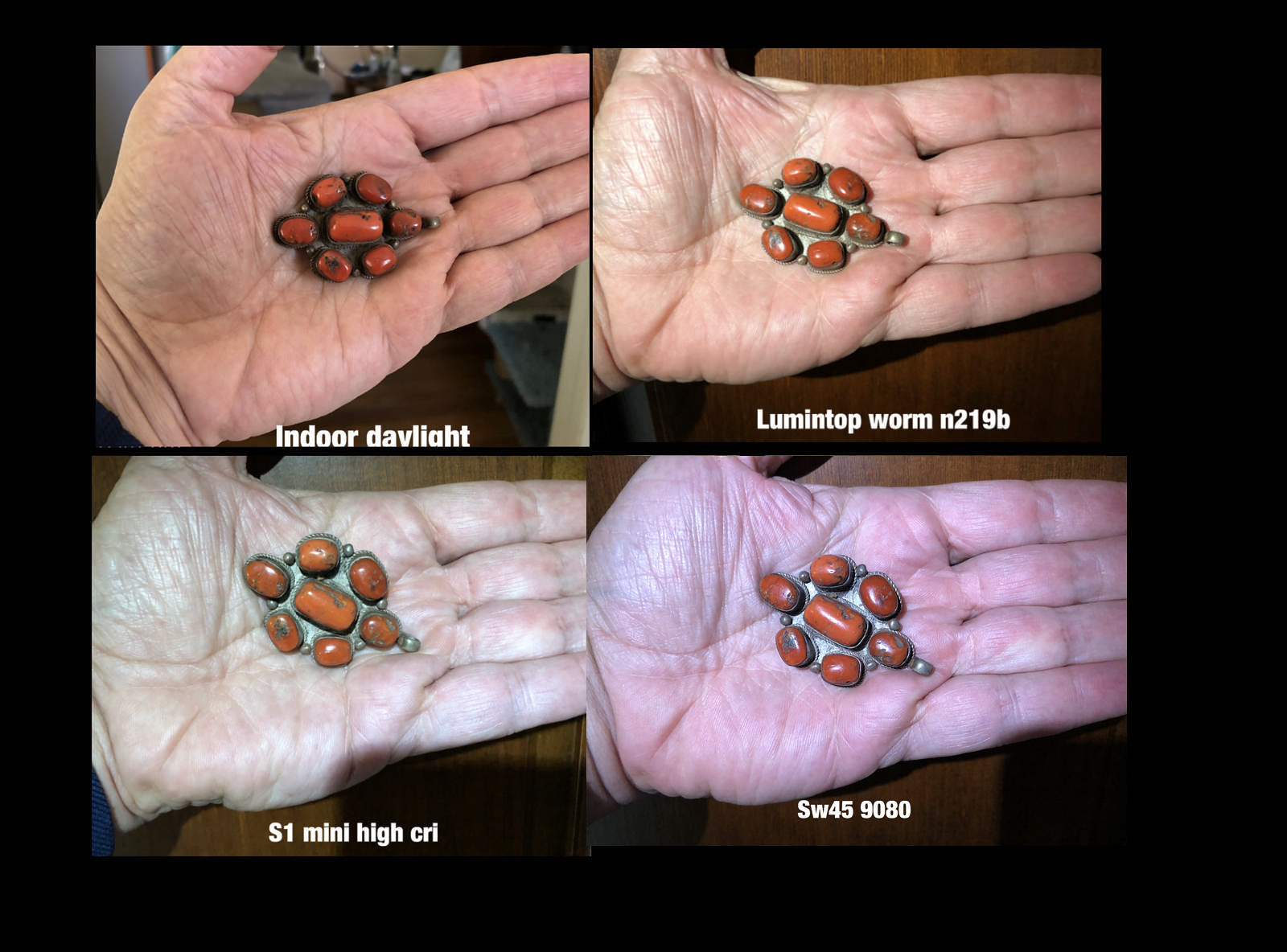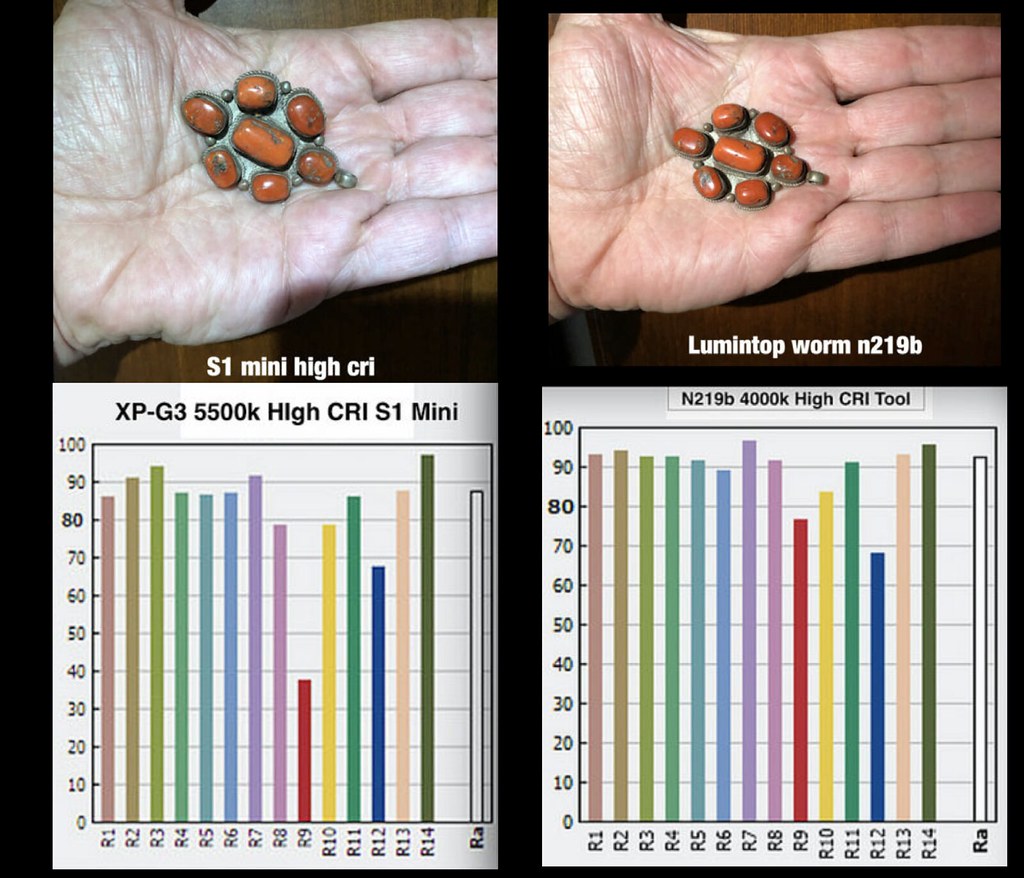Color rendering definition, does CCT play a role?
This is a carried over subject of discussion that began in another thread, to prevent a hijack of that thread.
I wrote that NW has better color rendering than CW:
“go outside and beam a CW light into some green trees, shrubbery or other green vegetation, then shine a NW at the same objects, you’ll immediately see the difference and what I mean”
One reply was that “Colour temperature and rendering are unrelated”
I’m not claiming to be an expert on this in any way, not by a longshot, but I know what I see.
If CW is compared to NW (both at the same CRI), what I see is that certain colors (greens, woodgrains) appear more natural under the NW.
“NW has better color rendering than CW”
Maybe the right way to say it is:
“Colors appear to look better under NW compared to CW”
.
Is “Color Rendering” a broad term? Do meanings vary?
Color Rendering:
- The color appearance of objects under artificial lighting (what I thought it means)
- Ability of a light source to show true colors accurately as seen outdoors in sunlight (or is it really this?)
I understand CRI is the measurement of color accuracy
.
And I do understand that colors are more accurately rendered with higher CRI lighting, I also realize CW can be high CRI…
(I have a light with 3x Nichia 219C cool white 5700K, Ra=9050)
.
I think the warmer/neutral tint “fools” us into certain colors “appearing” to be more accurate. In other words they look better (more true) but may not be an entirely accurate reproduction.
.
Maybe this sums it up pretty well:
If I compare my high CRI CW to a low CRI NW the colors appear more accurate under the CW. In comparison colors under the low CRI NW look “yellowish tinted”
But on the other hand….
If I compare a low CRI CW to a low CRI NW the colors appear more accurate under the NW. In comparison colors under the low CRI CW look “bluish tinted”










